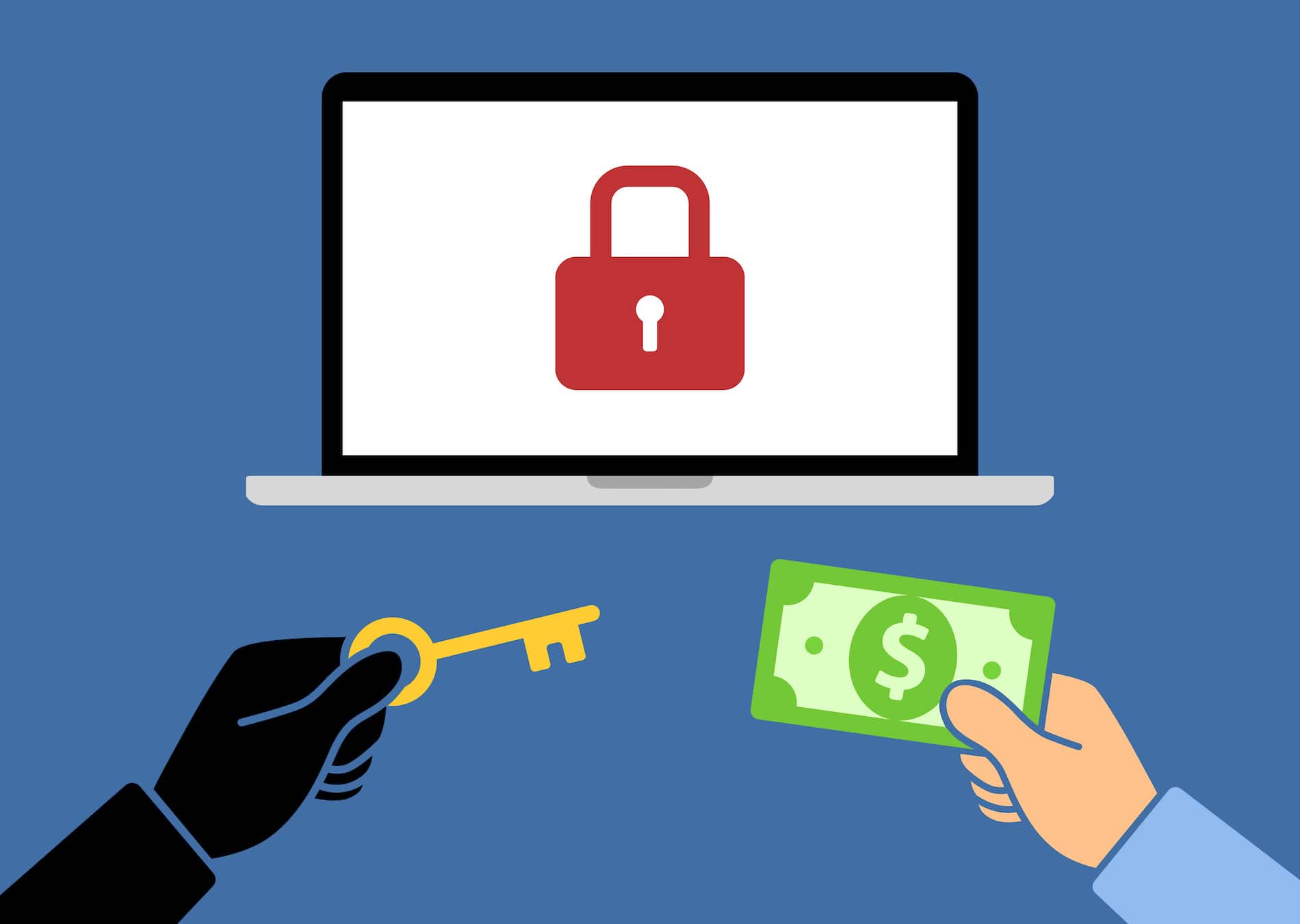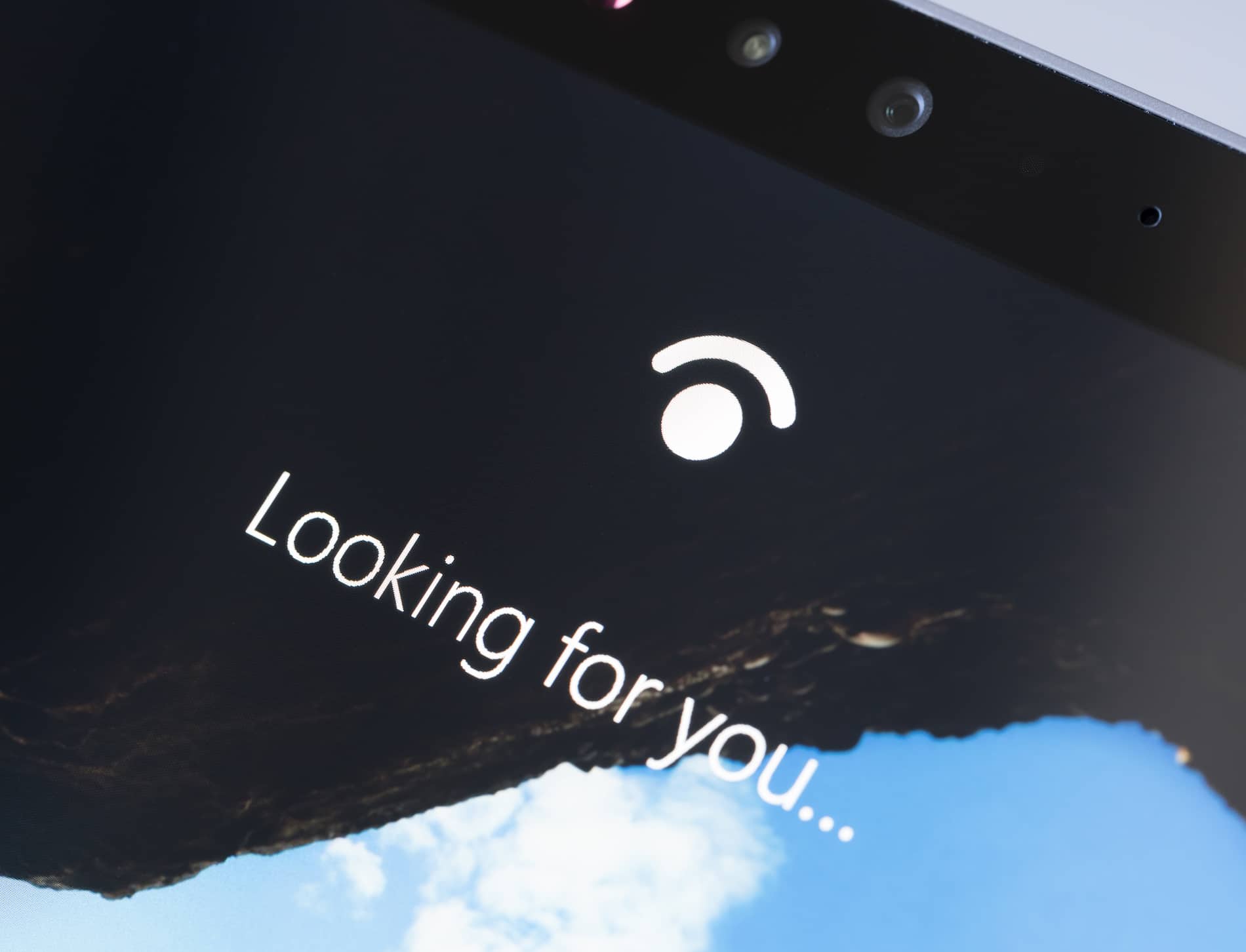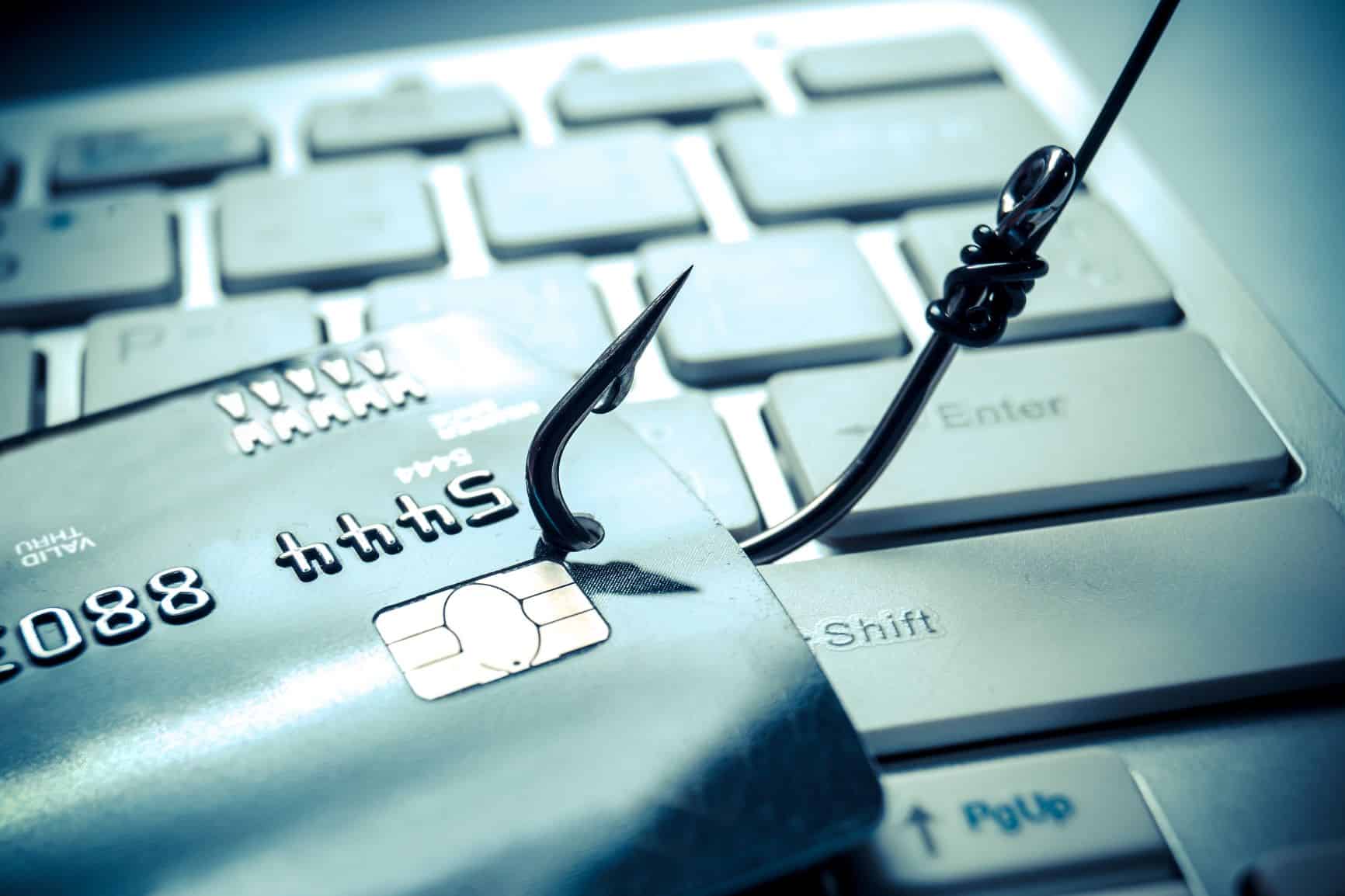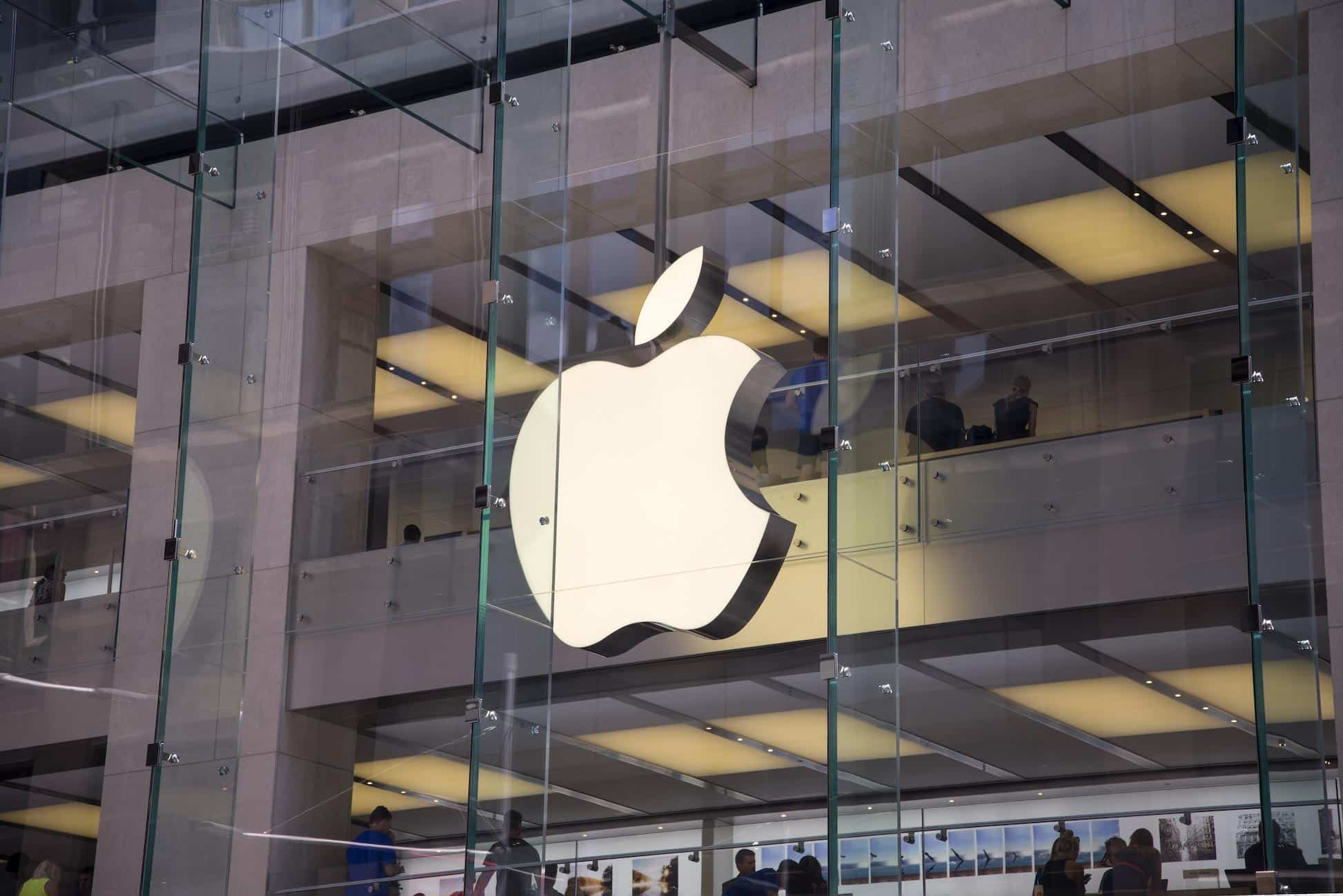Believe it or not, your organization’s network can be sold by hackers under the right circumstances. This is the unfortunate reality that we live in. Thus, the commoditization of data and network access has become a real problem. According to a study from KELA, hackers can sell access to compromised networks for a pittance compared to the amount of work you have invested in building your business. If you have your business’s network sold by hackers, it could create a snowball effect. This includes events that can lead to your business’s downfall. Therefore, you must do everything in your power to protect your network and prevent this from happening.
This report from KELA followed Initial Access Brokers. This term is used to describe threats that sell access to compromised network infrastructures. Additionally, these threats are big players in the world of cybercrime. They can effectively facilitate some of the most devastating threats out there, including ransomware and remote access threats. The report examined one full year of listings by Initial Access Brokers to discover how much value can be assigned to this type of network access.
It is quite shocking to see just how little value is associated with access to your network. Out of the 1,000 listings, KELA found that the average price of network access credentials was about $5,400. The median price being around $1,000. Other trends examined included the average price of credentials, as well as information on industries affected and countries affected. The top countries affected were the United States, France, the United Kingdom, Australia, and Canada. Additionally, top industries affected included manufacturing, education, IT, banking/financial, government, and healthcare.
Just take a moment to imagine how much chaos someone could inject into your business simply by purchasing access to your infrastructure. All it takes is a small investment and access to a VPN for someone to start causing some real trouble for your business. There are quite a few ways that you can minimize the damage done through these methods, including the following:
-
Implement comprehensive security measures
In terms of sheer security, we recommend unified threat management, or UTM, to handle most of the threats your business could face. This all-in-one solution includes security measures such as a firewall, antivirus, content filter, and spam blocker to minimize exposure to threats.
-
Monitor your network traffic
If you keep track of who logs onto your network, when, and where they are logging in from, you’ll have a greater chance of identifying suspicious traffic patterns.
-
Implement multi-factor authentication
Password security is still important, but not nearly as important as having additional measures in place. Multi-factor authentication can help make sure that people logging into your network are who they say they are.
-
Take regular backups of your infrastructure
You never want to use your data backup, but having it never hurts, and it will give you a nuclear option in the event that someone does manage to gain unauthorized access to your network.
If you have your business’s network sold by hackers, it can damage your business’s entire operations. To learn more about how you can protect your business, reach out to us at (954) 474-2204.






